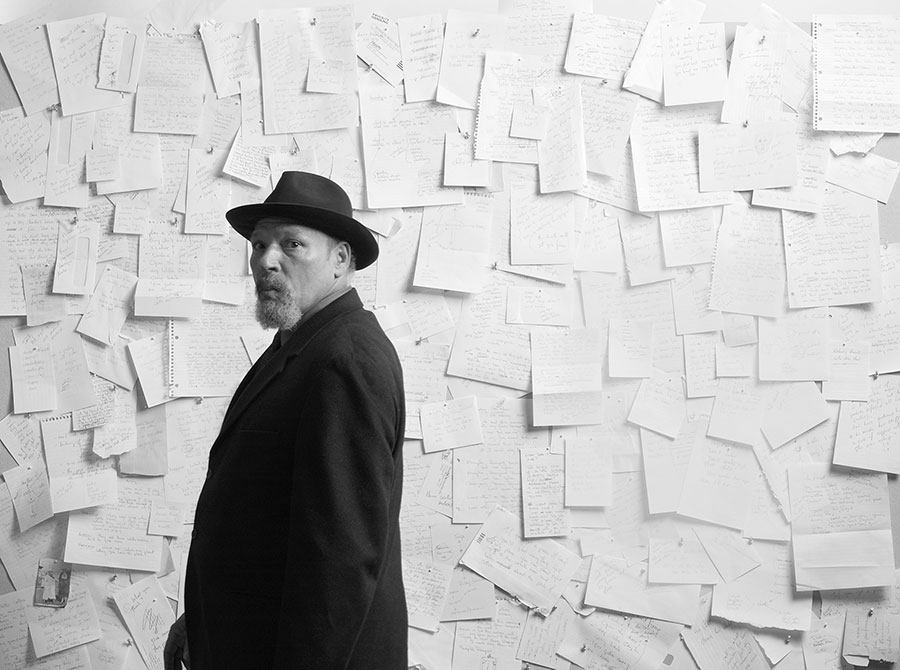I was not in the audience at the TCG conference in 1996 when America’s greatest playwright, August Wilson, walked to a podium on the McCarter Theatre Center stage in Princeton, N.J., and delivered the stirring, paradigm-shifting keynote speech “The Ground on Which I Stand.” But I felt its seismic ripples in Los Angeles, where I ran the actors’ trade paper Back Stage West, and I avidly followed the speech’s dramatic aftermath, particularly Wilson’s subsequent Town Hall debate with critic/director Robert Brustein, via the pages not only of this magazine but also in The New York Times, which put the Wilson/Brustein smackdown on its front page.
Perhaps in part because I worked for a performers’ trade, like many at the time I fixated on the most notorious and arguable of Wilson’s many points: his staunch opposition to “colorblind” casting, specifically the practice of casting African-American actors in traditionally white roles in canonical classics. Wilson saw this as being beneath the dignity of black performers, who had their own growing canon of plays by black writers to act in, ideally at black-run theatres where black talent was employed and black culture promulgated and preserved commensurate with its demonstrable quality, significance, and ambitions.
That last bit was more central—the notion that there should be more black-run theatres doing more plays by black authors, employing more talented people of color—than was the bit deploring so-called “colorblind” casting. I don’t think I’ve ever met an actor of color who subscribes to the letter of Wilson’s proscription, and not just for the practical reason of not foreclosing work opportunities but also because many actors of color fully and justly embrace the right to interpret European and American classics as the universal works they’re purported to be. It’s the lack of a reciprocity in that consideration that justly rankled Wilson, and should still give us pause: Do we think of and treat plays by authors of color as similarly universal, or are they considered merely “typical” of a certain cultural expression?
That’s leaving aside a more common critique of “colorblindness”: that if you’re going to cast a traditionally white work multiculturally, it must be done with full intention and recognition of the intertextual implications brought to bear by the performers’ races. In other words, casting, like life, isn’t colorblind at all but demands instead that we be color-conscious.
If nothing else, that would describe Wilson’s speech: proudly and defiantly color-conscious, insisting that the American theatre not sweep the unique experiences, insights, and art practice of a distinct and distinguished culture into a generalizing “post-racial” rainbow but instead step up to fund and support that culture on its own terms. It’s a thesis that still challenges our present-day status quo, in which there are more prominent playwrights of color than 20 years ago but there remain persistent disparities in funding between theatres of color and large, predominantly white institutions.
In short, the continuing resonance of the issues Wilson raised in “The Ground on Which I Stand” is one reason we’re reprinting it in this issue, along with a report on the speech’s origins and legacy, as well as responses/reflections by several artists and leaders, and an interview with Wilson’s widow, Constanza Romero, along with much more original content. Another is that it is a tough, tender, tendentious, ultimately hopeful speech by a great writer, and as such bears rereading. While Wilson took care to stake out the ground on which he and his culture stood and fought, his speech was equally explicit about where we all come in: A phrase he used more often than the title’s “the ground on which I stand” was “the ground together.”


